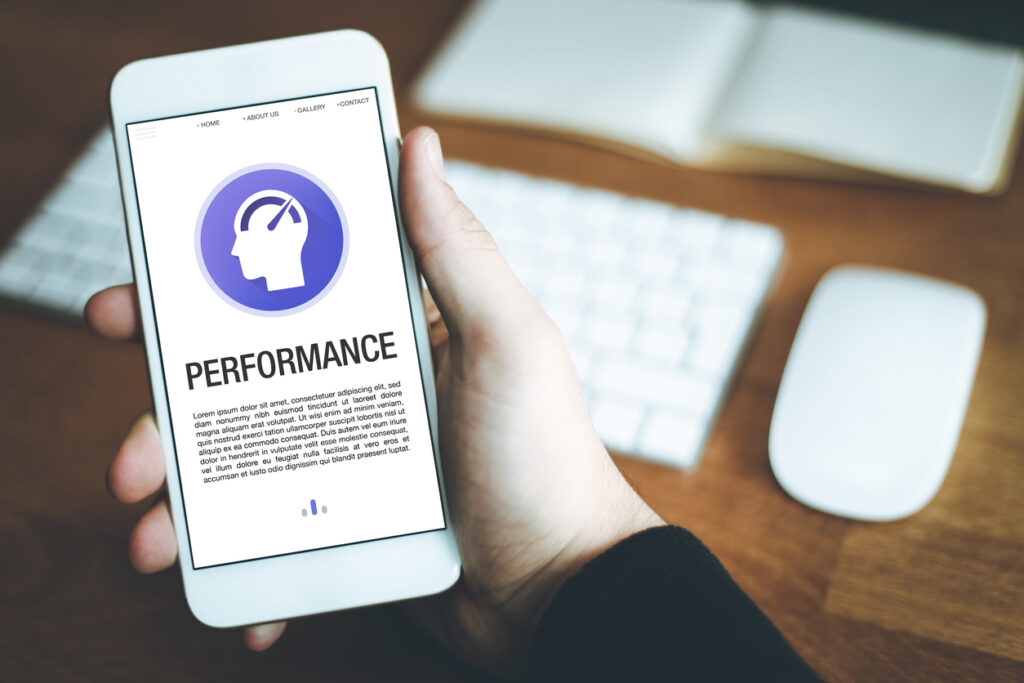ROI doesn't tell the whole story when it comes to measuring the impact of L&D programmes. It's time we found new ways of measuring and expressing the outcomes of training efforts.
The number of articles and discussions about ROI in learning and development is huge, a testament to the fact as a profession, we are still working through possible solutions. Here, we look at how L&D professionals can make progress in this area.
The big questions include:
- Is it really possible to measure the effect of training or development, and if so, is it practical?
- How can you remove the effect of other factors from your measurement (the economy, competition, changing customer requirements, productivity, and management issues)?
- How do you measure difficult-to-measure areas which we know have an effect – like good management – but how much effect do they have?
- Is organisational success measured purely in financial terms? If it is, then how do you translate culture, good management, ethics, high performing teams and leadership into pounds and pence? How do you maximise your training spend? If it’s not just about finances, then what is it about?
Let’s try for added-value first
It’s clear that as L&D professionals, we need somehow to prove the value we are adding – because if nothing else, ‘the boss wants it’. Before ROI though, there’s the interim step of adding value.
If you agree with the 70/20/10 model, formal training and development programmes constitute only 10% of all learning – but because these programmes tend to be the most costly and high-profile interventions, it’s crucial to establish their value.
Which also begs the question as to how we measure the impact and value of informal and on the job learning, that vital 90% that’s going on all the time.
There are two simple elements to this puzzle:
- Deciding what to measure
- Doing the measurement
Deciding what to measure
When designing our training interventions, we need to link the outcomes directly to a strategic goal – through analysing and understanding what drives individuals and teams to behave in such a way as to bring about that strategic goal.
In a case study at a US bank, their approach was to ‘determine primary program goals and ensure a link to corporate goals’. By doing this, they built in the critical element that would connect an improvement in corporate goals (which are measurable) to the training that took place.
This is easier to do, of course, where the corporate goals are financial, or about processes, savings, sales etc.
This approach works equally well for ‘soft skills’; a company that wanted to show the value of a leadership programme innovatively asked the participants to find one, two or three measures that would improve if they improved the use of specific leadership competencies with their team.
So not only were they able to then measure the improvements, they were also able to see how important those leadership competencies were to their success, and to the success of their teams.
Doing the measurement
The measurement of the agreed outcomes needs to be consistent, regular and ongoing. In my experience, it’s often just the practical issues of doing this that make it a chore for L&D departments - that’s where the latest technology can help.
There are easy-to-use online tools available right now that will allow you to set up regular surveys and feedback questionnaires that can go out automatically to individuals, their managers, their colleagues and their customers.
The content of these tools can be adapted to measure the specific goals, activities or behaviours that the learning is meant to impact.
Reporting should be automatic and show you the ongoing results in an easy-to-view format – so you can see at a glance where the value has been added by the training, and where it might need to be adjusted for further added value.
So we can measure the impact of learning, but we have to do it in the right way.
We can only measure learning itself up to a point, through anecdote, self-assessment and testing.
To measure the impact of that learning, we have to look at outcomes, activities and behaviours. Linking the learning to those outcomes, and benchmarking those outcomes now, then regularly in the future, is probably the most effective way to measure added value of training and development in the real world.
Interested in this topic? Read Learning and development: why measuring ROI is a false grail.











One Response
I like this article. really
I like this article. really effective for me….